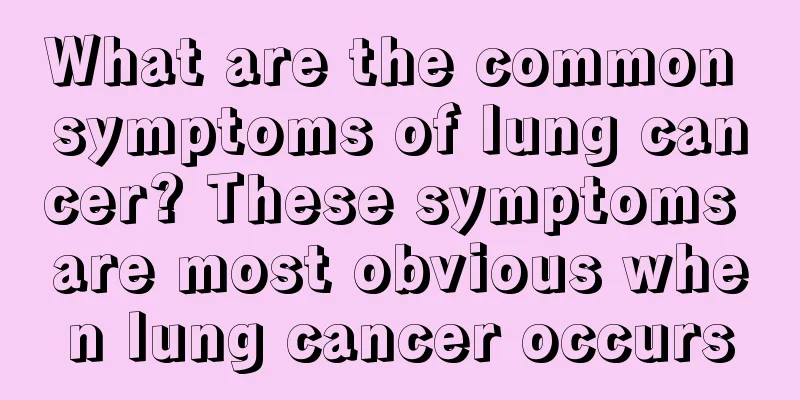Laser mole removal

|
Moles are actually a kind of pigment accumulation on the skin. Generally speaking, moles do not cause any harm to our physical health, but if moles grow on the face or other obvious places, they will still have some impact on appearance. In fact, it is very simple to remove moles. Laser mole removal is a convenient and fast method. Moles are medically called "pigmented nevi". They are benign tumors of the skin that are differentiated from nerve cells. People of different ages and genders may develop moles. For moles on the back of the neck, considering that they may become malignant due to friction, it is best to see a dermatologist to decide whether surgery is needed. Except for moles in special parts of the body, moles in other parts of the body are generally divided into intradermal nevus, junctional nevus, and mixed nevus. Intradermal nevus is more common, usually protruding from the surface of the skin, relatively large and round, mostly black, and may also have hair on it. This type of nevus is a safe nevus and generally does not require treatment. Junctional nevus usually appears at the junction of the epidermis and dermis. It does not feel higher than the skin surface, is generally hairless, and is relatively dark. If this type of mole has damage around it, feels painful, bleeds, or has satellite lesions around it, it indicates that it has become malignant and should be removed promptly. In addition, it is important to remind you not to blindly use methods such as laser or mole removal drugs to remove moles. Because if the laser is not done well, the mole may appear to be clean on the surface, but in fact it cannot be completely eliminated; repeated laser treatment may put the mole at risk of worsening. The method of using drugs to remove moles is not thorough, and repeated stimulation may also lead to malignant transformation. Classification Everyone has more or less "moles" on their bodies. The "moles" here mostly refer to blue moles and pigmented moles. Blue nevi are more common in women and often occur in childhood. They are prone to occur on the face and extensor surfaces of the limbs, especially the backs of the hands and feet, as well as the waist and buttocks. They are occasionally seen in the conjunctiva, oral cavity, cervix, etc. Almost everyone has pigmented moles, the only difference is the number. It often occurs in children or adolescence and may appear as macules, papules, warts or nodules and may occur in any part of the body. The color is usually yellow, brown or black, but can also be blue or purple. There are three types: Blue nevi and pigmented nevi generally do not require treatment. If they affect the appearance of the face, or occur in areas prone to friction such as the palms, armpits, and shoulders, or if they suddenly increase in size, become more pigmented, or become itchy and painful, they should be removed surgically or treated with laser therapy as soon as possible rather than using the "dot" method, i.e., condensation and corrosive drugs, which may prevent the complete elimination of nevus cells. |
<<: Anus is wet and has a peculiar smell
>>: Can babies sleep with their arms as pillows?
Recommend
Hearing loss may accompany nasopharyngeal carcinoma patients throughout their entire life span
Hearing loss has a very subtle relationship with ...
The diagnosis method of rectal cancer is an important diagnostic method
When we choose a diagnostic method for rectal can...
Can people with fibroids run every day?
Can people with fibroids run every day? Running i...
Home care for patients with kidney stones
Patients with kidney stones can be said to be in ...
Is it okay to wash your face with salt water?
We try various things every day, and ladies who l...
Effects and side effects of targeted therapy for renal cancer
The treatment of renal cancer is mainly radical n...
4 Chinese herbal remedies for lung cancer treatment
In traditional Chinese medicine literature, lung ...
The reason why white wine is spicy
The reason why people cannot accept white wine is...
What are the means of checking lung cancer? There are two methods
There are many ways to check lung cancer, such as...
Black spots on the body like moles
If you have a lot of small black spots like moles...
Which one is better, cassia seed or buckwheat pillow
Cassia seed pillow and buckwheat pillow are both ...
What are the symptoms of human body lack of various vitamins
The human body is very rich in vitamins. When the...
Three itchy spots in the early stages of cervical cancer
There are no specific three itching symptoms in t...
What should I pay attention to if I have lung nodules
The lungs are an important respiratory organ in t...
How to use the health pot
The concept of health preservation and nourishmen...









